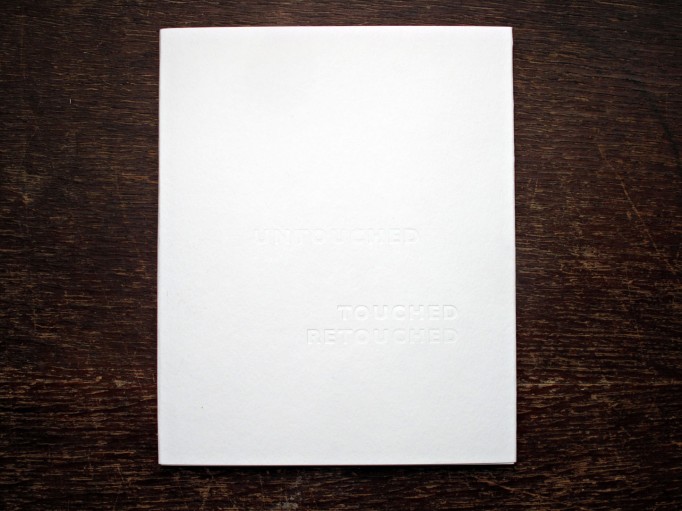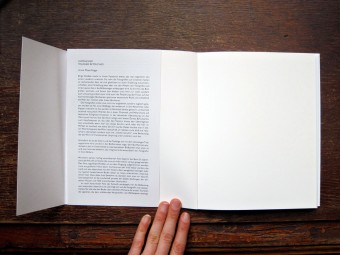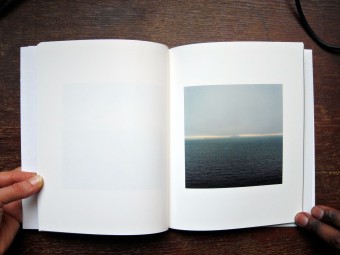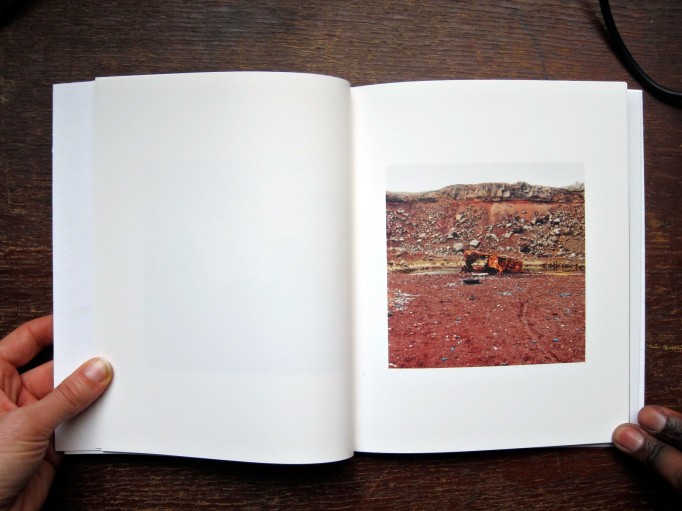untouched touched retouched. Birgit Wudtke. Materialverlag – HFBK, Hamburg.
Posted in photography on March 22nd, 2013 by adminuntouched touched retouched. Birgit Wudtke. Materialverlag – HFBK, Hamburg.
Landscapes, Portraits and Screenshots
Photographs shown in three chapters
presented in a book
Foreword by Annette Wehrmann
Translation by Gillian Morris
In the year 2002, Birgit Wudtke spent three months in Iceland with the intention of photographing the landscape. While working on this project she was confronted with the very different nature of the Icelandic environment and realised something that usually remains subconscious: the deviation, the divergence, and the discrepancy between the photographic image and the depicted reality.
We are used to perceiving a photograph as a more or less exact copy of what is depicted. The photo can be blurred, under- or overexposed, it can be badly developed or processed, or there can be a change in the colours. However, the basic conformity of the picture with what is depicted is still rarely questioned – despite picture editing. We still perceive the film sequences of the theatres of war shown in television to be authentic, and a photographic image from an observation camera is considered a conclusive means of identification. Nowadays, our mass-produced visual culture is based very much on this presumed consistency between photos and reality, however the awareness of the extent to which these photos can be manipulated is increasing. In fact we even strive to invert the relationship between the photographic image and what has been depicted. It seems that reality is increasingly adapting to correspond to photographic images, and we attempt – usually without success – to model ourselves on the images produced by the mass media, which have been edited according to certain specifications using Photoshop.
In the course of her work in the Icelandic countryside, Wudtke discovered that it was impossible to capture the colour of the moss, lichen, lava and volcanic sediments, or the sky and the Northern Lights, with the film she was using – Kodak. The photographic image produced was very obviously the thing that it was: The rough-textured result of light coming into contact with a photo-sensitive surface, put through several stages of intervention. The Icelandic landscape, initially perceived as untouched, seemed to have been changed somehow, taken possession of, “touched,” as a result of being looked at or walked upon. Of course the Icelandic landscape, which has been populated for 1,200 years is by no means as untouched as it might initially appear to the continental European viewer, but is a space that has been utilised by humans for centuries. In Wudtke’s images of Iceland, the inviolability of the landscape seems to be both a vision of archetypal force and a construction that has always been superimposed with cultural artefacts. In the calm, centrally focused pictures that seem to convey a sense of natural harmony, streets, towns, houses or bullet cases are occasionally visible, covering the ground of an unadulterated valley, superimposing the image of the inviolacy of nature step by step and transforming it into a cultural landscape. At the end of the day, the image of untouched nature as the antithesis to the cultural landscape is a product of one’s own desire and longing, something that has never existed or has always been in a state of transformation. There is a similar composition in all the photos in the series: a central focus that reinforces the sense of meditative calm. With this form of composition, Wudtke is able to convey her own subjective experience of landscape, which can, for example, stem from formative childhood impressions or can “indicate past situations which, when looked at now, can trigger both a sense of being balanced and the feeling of being hurt.” (Wudtke)
German language
Price: €15.00
Deprecated: link_pages is deprecated since version 2.1.0! Use wp_link_pages() instead. in /home/clients/04badc5f584cd5c2e11ec172df35785c/web/site/wp-includes/functions.php on line 5326




